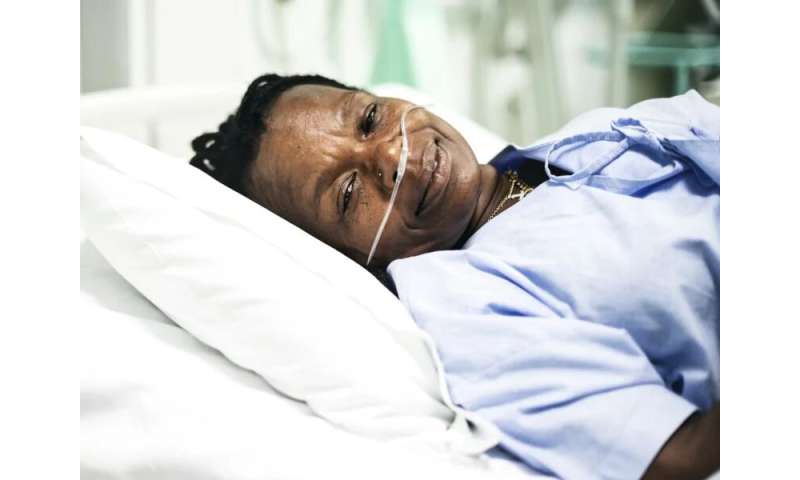
(HealthDay)—Workers from ethnic and minority groups make up nearly all meatpacking employees who’ve been infected during COVID-19 outbreaks at their facilities, a new government study reveals.
The stats show that nearly 1 of every 10 workers in affected plants were diagnosed with COVID-19, based on figures from 14 states that reported the total number of workers in facilities with outbreaks. Among infected workers, 87% were from racial or ethnic minorities.
There have been 16,233 reported COVID-19 cases at 239 meat and poultry processing facilities located in 23 states reporting stats to the U.S. Centers for Disease Control and Prevention through May 31, according to a July 7 analysis in the agency’s Morbidity and Mortality Weekly Report.
Of the workers with COVID-19 who reported their race or ethnicity, about 56% of infected employees were Hispanic and 19% were black, the report found. Whites represented 13% of cases, and Asians accounted for 12%.
“Ongoing efforts to reduce incidence and better understand the effects of COVID-19 on the health of racial and ethnic minorities are important to ensure that workplace-specific prevention strategies and intervention messages are tailored to those groups most affected by COVID-19,” the report concluded.
There were 86 deaths related to COVID-19 among the workers, the CDC reported.
The actual numbers are probably even higher than reported here, given that many states did not submit data for this report, the CDC researchers, led by Dr. Michelle Waltenburg, said.
Outbreaks at meatpacking plants were among the first signs that COVID-19 had started to reach into states previously unaffected by the coronavirus.
Meat and poultry processing plants employ an estimated 525,000 workers in about 3,500 facilities across the nation, the researchers said in background notes.
These new numbers show that “unsafe working conditions at meatpacking plants placed workers at high risk for COVID-19,” said Dr. Robert Glatter, an emergency physician at Lenox Hill Hospital in New York City.
Glatter cited crowded working conditions, a lack of personal protective equipment, and inconsistent testing for the coronavirus as some of the major factors in the outbreaks reported around the country.
According to the CDC report, of the facilities with COVID-19 cases, 111 plants in 14 states reported their efforts to protect workers from the coronavirus:
- 80% said they screened workers upon entry,
- 77% required face coverings,
- 65% installed more hand hygiene stations,
- 63% educated workers about how infectious diseases spread,
- 62% installed physical barriers between workers,
- 37% offered COVID-19 testing to employees,
- 22% closed temporarily to halt or prevent an outbreak.
An infected person who coughs or sneezes produces aerosolized droplets that can remain airborne for at least eight to 14 minutes, Glatter noted.
“Knowing this, it’s essential that workers in meatpacking plants wear PPE, and have physical partitions along with adequate physical distance between them to reduce risk of transmission,” Glatter said.
The CDC recommended in its report that plants also provide culturally appropriate health education materials to workers, encourage employees to take sick leave when needed, and screen workers for possible infection.
However, efforts to screen workers as they enter the plant are probably futile since infected people without symptoms account for a large percentage of COVID-19 cases, Glatter said.
Source: Read Full Article
